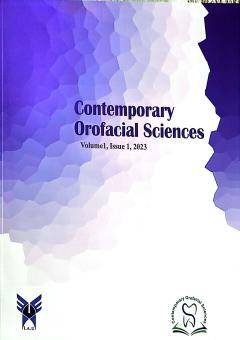-
-
-
Open Access Article
1 - Comparison of flexural strength and surface roughness of temporary crowns made by conventional and digital methods
Mansureh sadat Abtahi Mehrdad Barekatain Mehrdad kazemian Fereshteh Shahri -
Open Access Article
2 - Evaluating the knowledge of general dentists regarding smile aesthetic indices in Isfahan
Zahra Mahmoudi Asl Nasim Esnaashari Mehrdad Barekatain Atefeh Tabibi
List of Articles Mehrdad Barekatain
-
The rights to this website are owned by the Raimag Press Management System.
Copyright © 2021-2025


